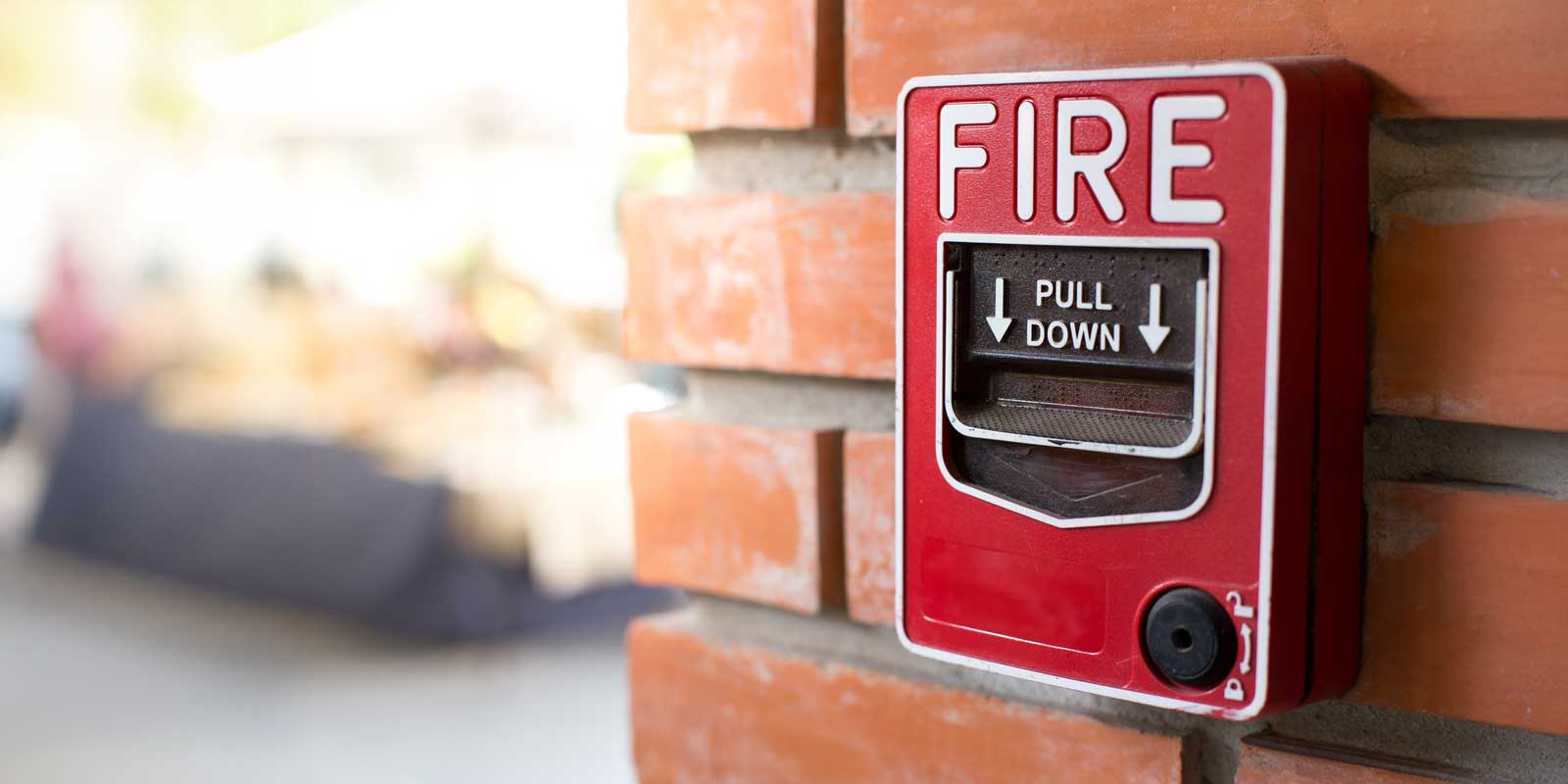
Emergency Procedures
MGCCC uses an Emergency Mass Notification System to provide vital information to college employees and students. This system has the ability to provide notifications using voice message to a cell phone or landline phone, text message and email. Students and employees are automatically subscribed to this system and the system updates nightly with employee or student changes or additions.
How to Update Your Emergency Notification Information
Employees and students can make changes and updates to their Emergency Information by utilizing the employee’s or student’s Web Services account. Educational programming and assistance on updating or changing emergency contact information is provided to both students and employees. Below are the steps to enroll, update or change Emergency Notification information:
- Visit MyGulfCoast
- Under the “Students” section, click on Web Services
- Log in to Web Services using your unique GCID# and PIN#
- Click on Personal Information
- Click on Emergency Notification Info
- Confirm or change your 10-digit number and email address
- Click Submit
The College also has the ability to update students and employees on emergencies via multiple methods including but not limited to, tornado sirens, social media, College website, and more.
